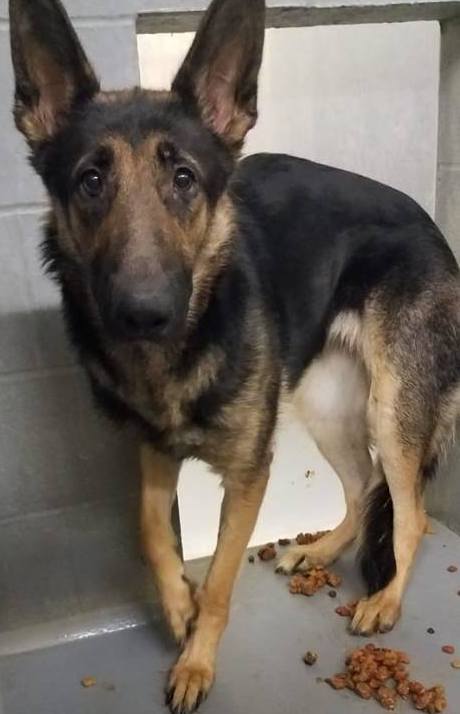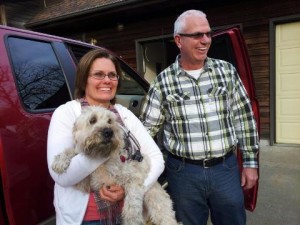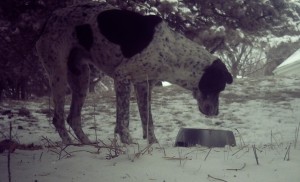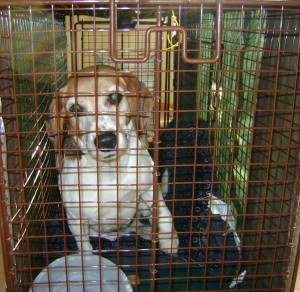
Your missing dog has turned up at a rescue and is now available for adoption. How does this happen?
- A microchipped dog who is scanned may be backtracked to a rescue or may have a rescue as a secondary contact. If you were unable to be reached, the microchip company may have called the rescue who reclaimed the dog from the finder or shelter.
- In an attempt to prevent dogs from being put down in overcrowded shelters a rescue may “pull” dogs to adopt them into new homes. Some animal control facilities even allow rescues to pull dogs before the official stray hold has ended on medical grounds.
- A Good Samaritan who picks up a lost dog may take the dog to a rescue because they either don’t know where the correct stray holding facility for the area is or they are fearful that the dog will be put down at a publicly funded shelter.
To prevent problems: If your dog is microchipped, immediately contact the microchip company to “red flag” your dog as missing and make sure all of your contact information is up to date. This should prevent a rescue or new adopter from being able to transfer the microchip records without you being notified. If your dog has been lost for a long time, remember to stay in touch with the microchip company to remind them that your dog is still missing.
If you find your dog at a local rescue here are some tips to help successfully reclaim your dog.
- BE POLITE! Keep your tone respectful and appreciative. Get your facts straight and don’t make accusations or assumptions. Rescues are often volunteer-run and usually have a mission to protect animals and save lives. Abusive or disrespectful language will not endear you to them. They may even misconstrue your bad temper as proof that you are not a fit pet parent. Remember, your conversations may be recorded and your text messages will be retained. Keep a cool head and stay professional.
- BE ORGANIZED! Most rescues want the best outcome for an animal. They may mistakenly think your dog was abandoned and/or abused. Provide photos, microchip records, veterinary records and proof of licensing to show that your dog is a loved and well cared for family member.
- BE PREPARED! Rescues may have invested money into your dog for grooming and veterinary care. Be prepared to offer to reimburse them for some of their costs. Be polite as you negotiate these details with them. Be prepared to set up a payment plan if necessary.
- BE DISCREET! These situations often take a bad turn when an owner, or the friends or family of an owner, blast the rescue on social media. This can be damaging for a rescue’s reputation and they may resort to digging in their heels and defending their decision to keep your pet from you. Remember, bad behavior from you or your supporters never looks good. Private negotiations will yield the best results.
- BE PERSISTENT! You may need to take your case to civil court. If you have followed our tips above you will look much more credible in the eyes of the judge and you will have a greater chance of success. Contact an attorney if you need assistance.
It is our hope that your dog is home soon! Returning dogs to their family means that shelters and rescues can focus their resources and energy on helping truly homeless dogs. Stay calm, cool and professional for the best chance of a happy reunion.






